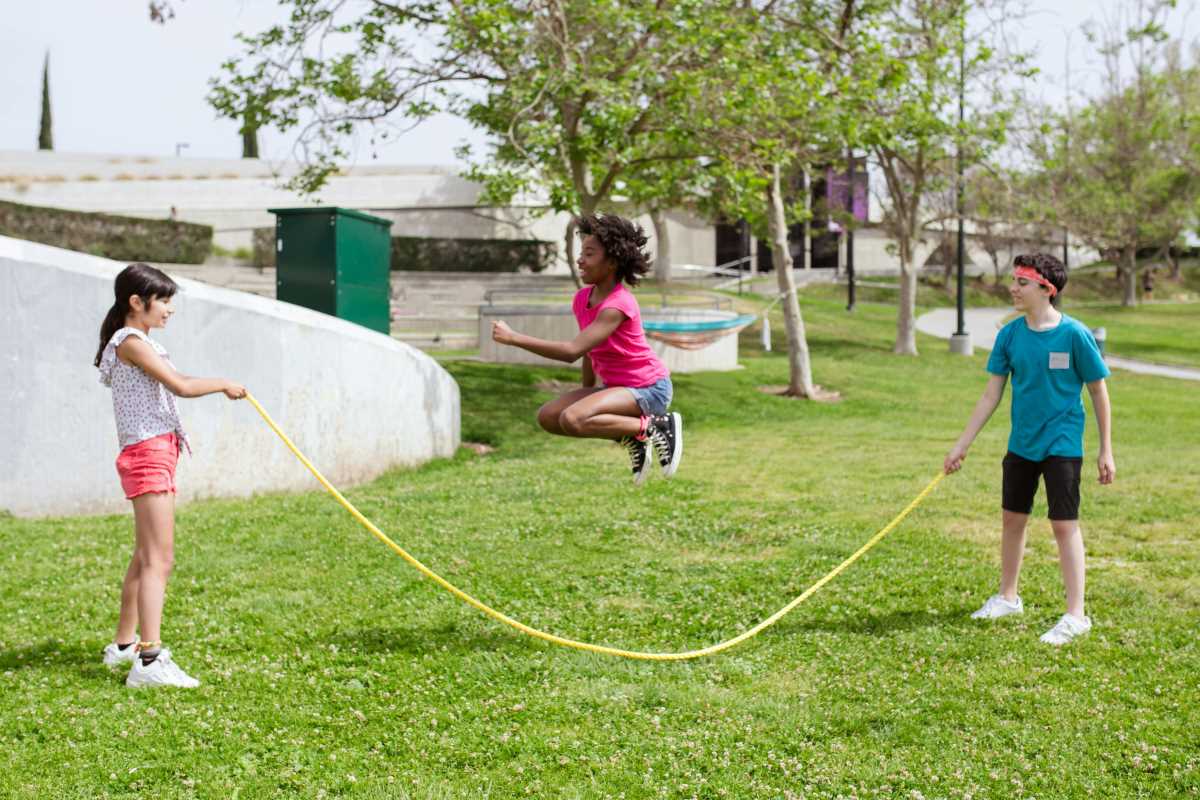Math anxiety is a common challenge for kids, but with the right support and strategies, you can help your child not only overcome their fears but also develop a love for math. Confidence in math is like a muscle; it grows stronger with encouragement, practice, and the right mindset.
If your child expresses frustration with equations, dislikes homework time, or feels they’ll never get a handle on numbers, they’re not alone. You can play a pivotal role in reshaping their experience. Here are 10 practical, thoughtful, and easy-to-implement ways to boost your child’s confidence in math.
1. Celebrate Effort, Not Just Results
Math isn’t just about getting the right answer; it’s about the process of thinking critically and problem solving. When your child works hard on a math problem, even if their answer turns out wrong, celebrate their effort. Phrases like “I’m proud of how hard you tried” or “You’re getting better at figuring things out” help foster a growth mindset.
A growth mindset teaches kids that abilities can improve with effort, practice, and perseverance. For example, if your child struggles with long division, encourage them to focus on learning one step at a time. When they notice their progress, their confidence will naturally grow.
Try to avoid putting too much emphasis on grades or immediate results. Instead, focus on how they worked through the problem. This creates room for them to see errors as opportunities to learn, not failures.
2. Make Math Part of Everyday Life
Math is all around us, even when we’re not solving equations on paper. Show your child how math applies to real-world activities they enjoy or encounter in daily life. Whether it’s measuring ingredients while baking cookies, keeping track of time during a game, or comparing prices at the grocery store, math becomes less intimidating when it feels relatable and practical.
For example, you could say, “We need 2 cups of flour for this recipe. If we only have a 1-cup measuring cup, how many times will we need to fill it?” Allowing kids to solve these everyday problems shows them that math has real value beyond the classroom.
Additionally, engage with younger children through playful activities, like counting steps as you climb stairs or spotting shapes during a walk. Visual, hands-on experiences help cement their understanding and make math tangible.
3. Play Math Games Together
Learning doesn’t have to feel like a chore. Many board games, online activities, and puzzles incorporate math concepts in a way that feels like play. Games like Monopoly or Yahtzee teach kids about counting, probability, and strategic thinking, while apps like Prodigy Math Game or SplashLearn introduce concepts in engaging digital formats.
You can also make up your own games. Create challenges like “Who can estimate how many jellybeans are in the jar?” or “How many times do you think you can skip rope in one minute?” Encourage friendly competition in a no-pressure setting, building skills while they have fun.
Tailor the games to your child’s interests. If your child loves sports, work math into their favorite activity by calculating players’ stats or tracking scores during games. Making math fun helps dispel negative associations and builds confidence.
4. Encourage Questions and Curiosity
Children naturally learn by asking questions. Encourage your child to keep this curiosity alive when it comes to math. If they’re solving a problem, ask open-ended questions like, “What do you think would happen if…?” or “Can you show me how you got that answer?”
If your child stumbles upon something that stumps you, admit that you don’t know, and explore the answer together. For instance, if they ask why multiplication works the way it does, you could look up an explanation or try experimenting with objects like building blocks. Being curious alongside your child shows them that learning is a lifelong process.
Ask follow-up questions beyond the numbers, too. For example, “Why do you think we measure distance in miles instead of something else?” or “How do you think people did math before calculators?” Math can quickly become more interesting when it’s framed as an exploration rather than a test.
5. Avoid Negative Language Around Math
Your own words and attitude about math can profoundly influence how your child feels about the subject. Statements like “I was never good at math” or “Math is just too hard” might seem harmless, but they can unintentionally teach kids that mathematical ability is fixed or unattainable.
Instead, share positive, encouraging messages. Try saying, “I might not have loved math as a kid, but I know how important it is, and we can practice together.” If math wasn’t your strongest subject, don’t hesitate to emphasize that people can learn and improve over time, no matter their starting point.
Additionally, avoid labeling math as inherently “easy” or “hard.” Each child learns at their own pace, and framing math this way can make kids afraid to try if they feel like they should “just get it.”
6. Break Problems Into Smaller Steps
Complex math problems can feel overwhelming at first glance. Teach your child how to break big challenges into smaller, more manageable steps. For example, when solving a long word problem, help them start by underlining important details. Then, tackle the problem one piece at a time instead of all at once.
This strategy isn’t only helpful academically; it builds problem-solving skills they can use in many areas of life. It teaches perseverance and empowers your child to believe that they can approach any difficulty with a step-by-step method.
To practice breaking down problems, use visual aids or manipulatives like beads or blocks. Seeing numbers represented physically can transform abstract concepts into something tangible that makes more sense to them.
7. Build on Strengths and Interests
When kids see how math connects to the things they already love, it helps them view it in a positive light. For example, if your child loves art, explore geometric shapes and symmetry. If sports are their passion, introduce the idea of averages by calculating player statistics or tracking game runs.
Tailoring math lessons to their hobbies can help explain concepts in ways they immediately appreciate. A music-loving child might enjoy counting beats and rhythms to understand fractions or division, while a tech-savvy student might explore coding basics, where math meets creativity.
Find moments to highlight these connections naturally. You might say, “Did you know people use math to design video games?” or “Architects use math to make sure buildings stand tall!” By linking their interests with real-world applications, you’re showing them how math is both practical and exciting.
8. Set Aside Regular Practice Time
Like any skill, math requires consistent effort. Establishing a regular practice routine can build both competence and confidence. Short, focused sessions of 15-20 minutes daily are often more effective than lengthy weekly reviews.
Make practice enjoyable. Use flashcards, work on colorful worksheets, or explore short online lessons with immediate feedback. Keep the atmosphere calm and supportive, and remember that mistakes are part of the learning process.
Create a designated, distraction-free space for math practice. A quiet corner with basic supplies like pencils, erasers, and grid paper can make homework time smoother and more productive.
9. Be Patient and Supportive
One of the most valuable things you can give your child during math struggles is your patience. Learning math takes time and often involves trial and error. Practice praising your child’s persistence rather than criticizing their mistakes.
If tensions rise during homework sessions, take a break. Walk away and come back once both of you have had a chance to cool down. Reframing challenges as normal parts of learning reinforces resilience.
A calm, supportive presence reassures your child that it’s okay to feel frustrated sometimes. For example, when they say, “I can’t do this,” you might counter with, “You can’t do it yet. But look at how far you’ve already come!”
10. Celebrate Progress
Small victories add up over time, and recognizing those wins can fuel your child’s motivation. Did they finally memorize their multiplication tables? Do they feel more confident with fractions this month than they did last month? Celebrate these moments, no matter how small they may seem.
Celebration doesn’t always need to be extravagant. A simple high-five, a sticker chart, or an extra 15 minutes of playtime are great ways to acknowledge their hard work. Over time, these milestones build your child’s belief in their abilities.
For bigger achievements, like acing a tough math test or mastering a tricky concept, go the extra mile to show appreciation. You could write them a little note like, “I saw how hard you worked on this. Great job!”
Helping Your Child Love Math
Boosting your child’s confidence in math isn’t about turning them into a prodigy overnight. It’s about helping them approach challenges with a positive attitude and showing them that they’re capable of growth and success. By creating an environment where mistakes are celebrated as learning opportunities and math is seen as approachable, you’re laying a foundation for lifelong skills.
A confident math learner becomes a confident problem-solver, ready to tackle challenges in school and beyond. By nurturing their curiosity and supporting their efforts, you’re not just helping your child master numbers; you’re teaching them to believe in themselves. The benefits of math confidence will extend well beyond the classroom, shaping a future filled with possibilities.
.jpg) (Image via
(Image via





